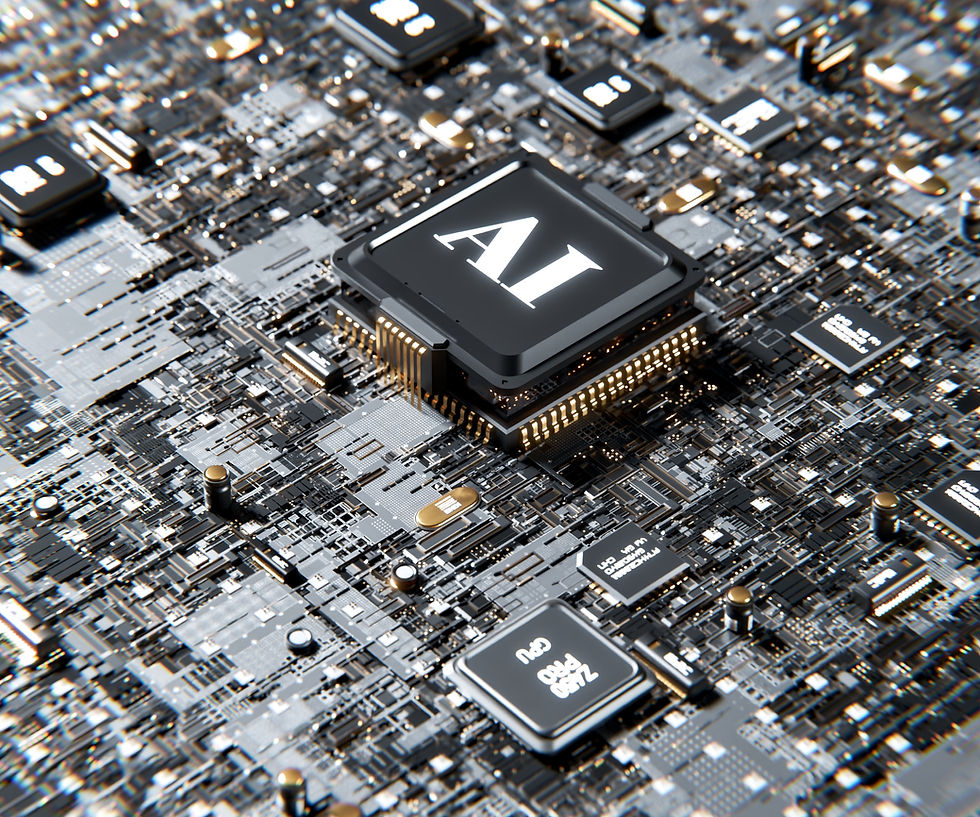How Photonics Hardware Is Powering ChatGPT and the AI Revolution
- Latitude Design Systems
- Jul 20, 2023
- 2 min read

The AI market is red hot in 2023. For the technology to remain in high demand for the years ahead it will need to deliver more efficient and affordable solutions. Photonics-enabled hardware is essential for that progress.
It’s easy to argue that the reason why interest has exploded in AI this year is because of ChatGPT. The application is a “chatbot” that has deep learning abilities and can generate summaries for search queries that are presented in easy-to-read paragraph form, instead of returning pages of websites as a search engine would. It can also read spreadsheets and reply to questions related to those uploads, or analyze images, and much more. For many professions, its impact is already being felt.
Programs such as ChatGPT and Google’s Bard rely on fiber-optic communication. Fiber-optic cables deliver data between servers that are located far apart from each other. These cables transmit light signals in the form of photons. The light signals are then converted into electrical signals that can be processed by AI algorithms powering software applications. Fiber-optic communication offers several advantages over traditional copper wire connections, including faster data transmission speeds and better resistance to interference from electromagnetic radiation. This feature is particularly important for AI programs, which require massive amounts of data to be transmitted and processed quickly. Using light for data transmission through the cables is faster and consumes less power than other materials and, importantly, light generates less heat — by a factor of 10 times — than electrons that go through copper.
“It has been estimated that more than 50% of the power of modern computing systems is wasted simply in this moving around of data,” Science Daily notes.

Comentarios